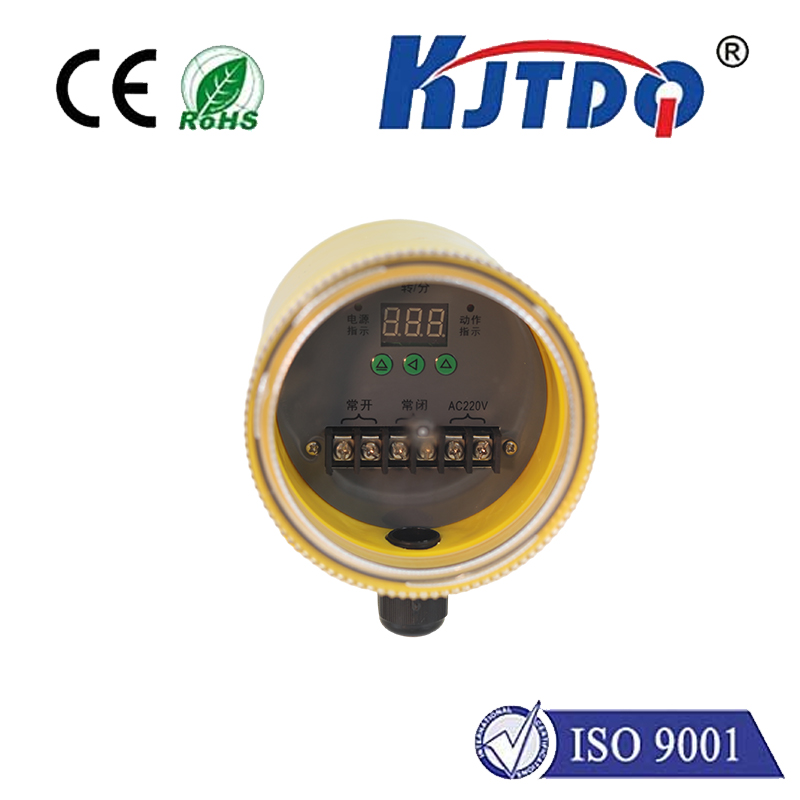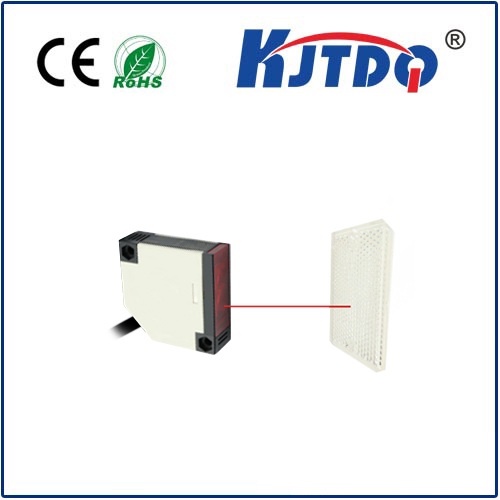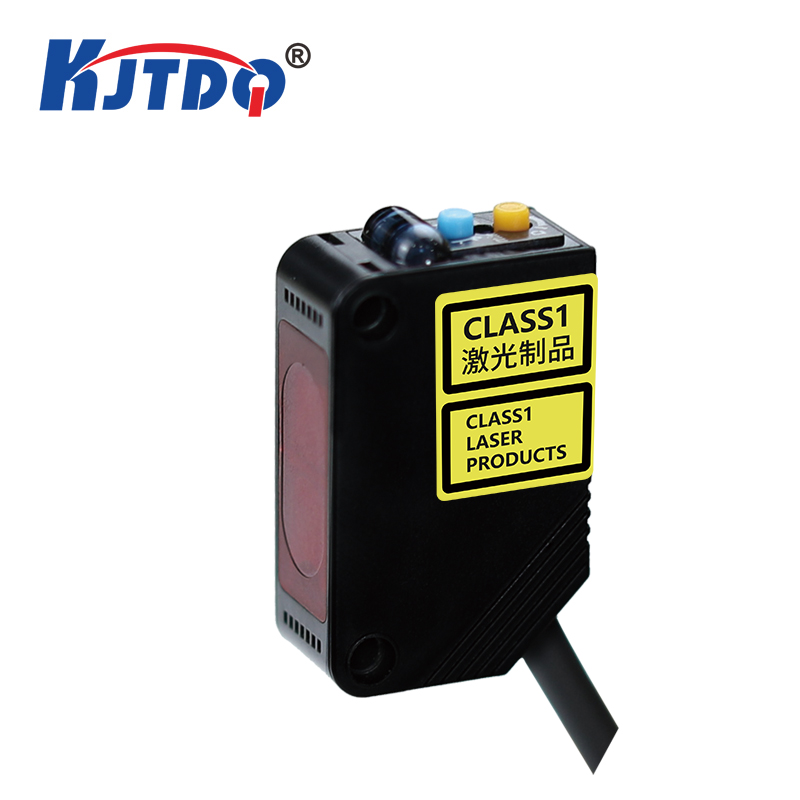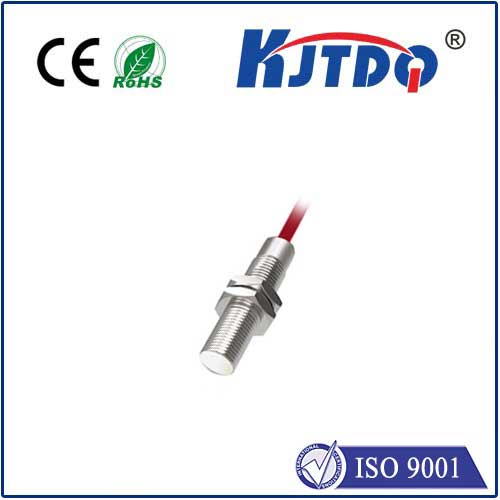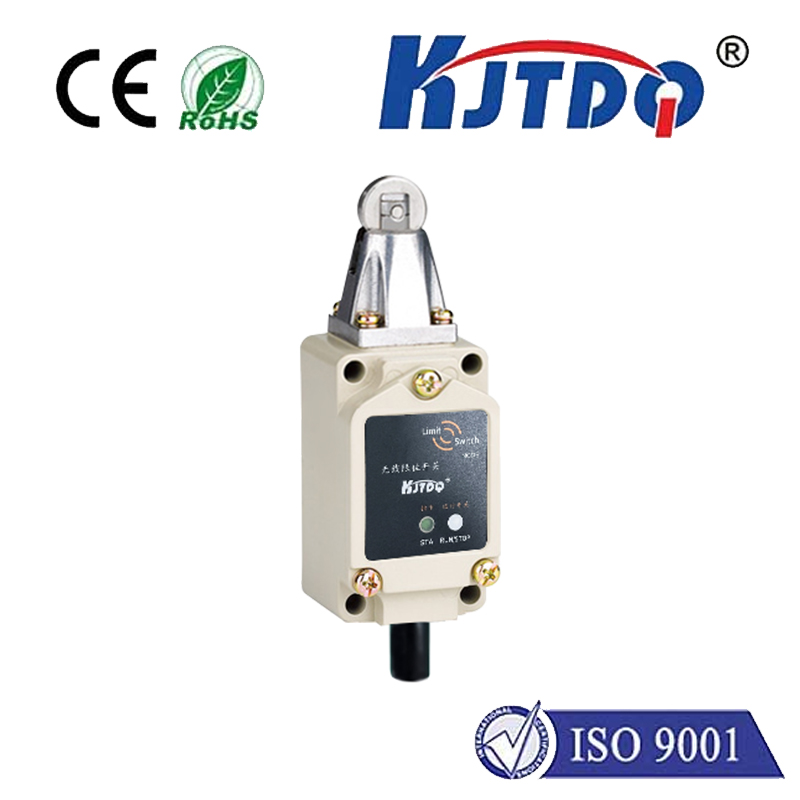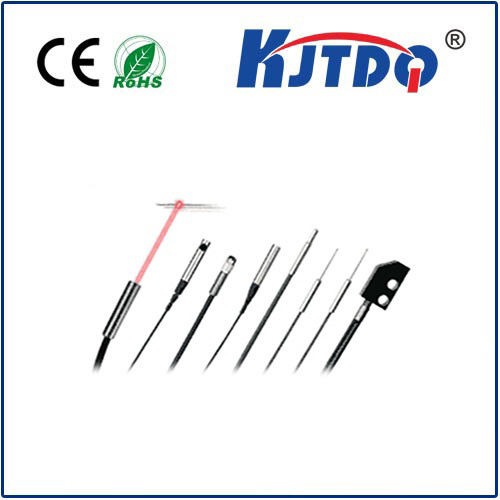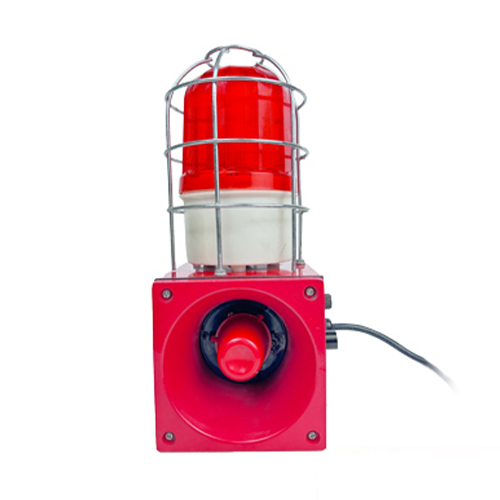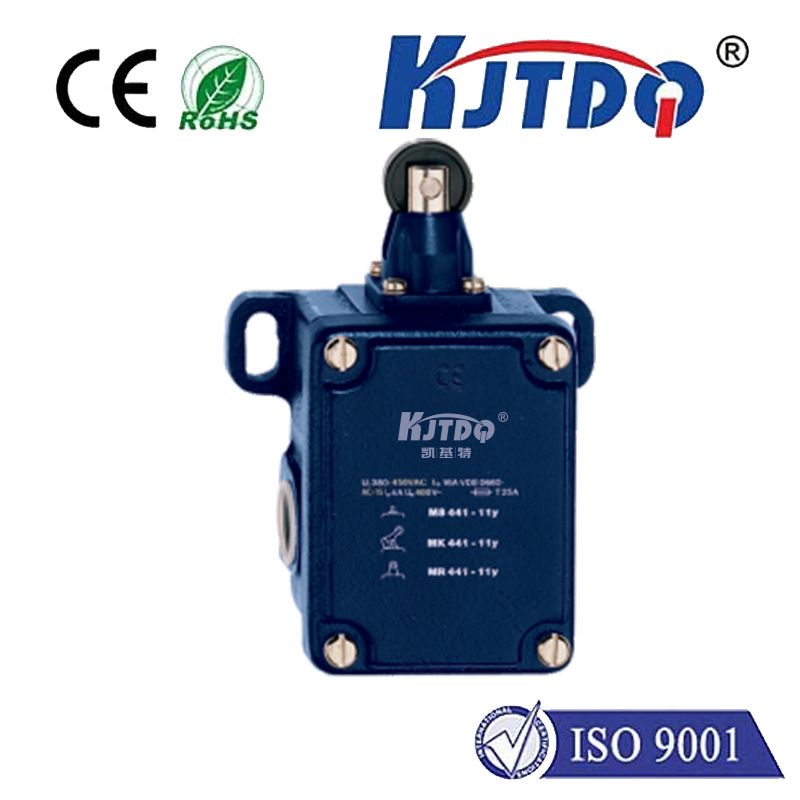proximity sensor 24volts 3wire
- time:2025-09-07 01:10:35
- Click:0
Demystifying the 24V 3-Wire Proximity Sensor: Your Essential Guide to Industrial Sensing
Imagine an automotive assembly line humming with robots. Each robotic arm must precisely pick up a component, weld a joint, or apply sealant. But how does the robot know exactly where the part is, or when it’s safely clear to move? This seemingly simple question lies at the heart of countless automated processes, and the answer often involves a remarkably reliable, unsung hero: the 24V 3-wire proximity sensor. Small, rugged, and incredibly efficient, these sensors form a fundamental building block in modern industrial control systems. Understanding their operation and implementation is crucial for anyone involved in maintenance, automation engineering, or system design.
Beyond Basic Switches: What is a Proximity Sensor?
Unlike mechanical limit switches that require physical contact, proximity sensors operate on a non-contact principle. They detect the presence or absence of an object (called the “target”) within their sensing range without touching it. This is achieved using electromagnetic fields (inductive type, most common for metals), capacitive fields (for various materials, including liquids), ultrasonic waves, or photoelectric beams.
The 24V 3-Wire Workhorse
Our focus is squarely on the inductive proximity sensor – the most prevalent type in factory automation, especially for detecting metallic objects. The “24V” denotes its operating voltage, aligning perfectly with the standard DC control voltage used in most industrial control panels and PLCs (Programmable Logic Controllers). This voltage offers a significant safety and noise immunity advantage over higher voltages, while still providing reliable signal transmission over reasonable distances.

The “3-wire” specification highlights its wiring configuration, essential for proper integration. Forget simple on/off switches; a 3-wire sensor is an active electronic device needing power and providing a switchable output signal. Let’s break down those wires:
- Brown (or Red): This is the Positive Supply Voltage (+V) terminal. Connect this wire directly to the +24V DC power source.
- Blue: This is the Negative Supply Voltage (0V / Ground) terminal. Connect this wire directly to the 0V / Common / Ground of the power supply.
- Black: This is the Output Signal (Load) wire. This wire carries the switching signal. Its function depends entirely on the sensor’s internal configuration (PNP or NPN).
The Crucial Distinction: PNP vs. NPN Sourcing vs. Sinking
Understanding the output type is paramount when wiring a 3-wire proximity sensor to a PLC input module or other controller. The terms PNP and NPN refer to the type of transistor used internally to switch the output:
- PNP (Sourcing) Sensor:
- Internal Configuration: Uses a PNP transistor.
- Operation:
- When a target is detected (Sensing State), the PNP transistor turns ON.
- This connects the Black (Output) wire internally to the Brown (+24V) wire.
- Current flows FROM the sensor’s Black wire OUT (Sourcing) TO the connected load (e.g., PLC input), and then back to the power supply’s 0V/Ground via the PLC’s common terminal.
- The PLC input sees +24V when the sensor is active.
- Think: Positive Switching. Output provides Positive voltage when active.
- NPN (Sinking) Sensor:
- Internal Configuration: Uses an NPN transistor.
- Operation:
- When a target is detected (Sensing State), the NPN transistor turns ON.
- This connects the Black (Output) wire internally to the Blue (0V/Ground) wire.
- Current flows FROM the power supply’s +24V, THROUGH the connected load (e.g., PLC input), INTO the sensor’s Black wire (Sinking it), and out through Blue to ground.
- The PLC input sees 0V/Ground when the sensor is active.
- Think: Negative Switching. Output provides a path to Ground when active.
Why Choose 24V DC?
The preference for 24V DC in industrial settings is well-founded:
- Safety: Significantly lower risk of severe electric shock compared to higher AC voltages like 110VAC or 240VAC used for powering motors.
- Noise Immunity: DC signals are inherently less susceptible to electrical noise (interference from motors, drives, welding) common in factories than AC signals, leading to more reliable operation.
- Standardization: PLC input modules, control relays, and numerous other automation components are overwhelmingly designed for 24V DC control signals, simplifying system design and integration.
- Compatibility: 3-wire 24V DC sensors offer a straightforward connection to these ubiquitous PLC inputs.
Key Advantages of the 3-Wire Design
Compared to 2-wire sensors (which switch the load within the supply line), 3-wire proximity sensors offer significant benefits:
- Lower Power Consumption: They typically draw less current than comparable 2-wire models, reducing power load on the supply.
- Higher Switching Capacity: They can often switch higher currents, allowing direct control of relays, solenoids, or indicator lamps without an interposing relay.
- Shorter Switching Times: They generally offer faster response (turn-on/turn-off) times, critical for high-speed applications.
- Better Voltage Tolerance: Performance is usually more stable across the typical operating range (e.g., 10-30V DC).
- Simpler PLC Integration: The clear separation of supply and output signals makes wiring to a PLC input module (ensuring correct PNP/NPN match with the module) straightforward and logical.
Unlocking Versatility: Key Applications
The 24V 3-wire inductive proximity sensor finds use in virtually every corner of industry:
- Object Detection & Counting: Detecting parts on a conveyor belt or within a machine fixture, counting bottles, cans, packages. (Robustness: Surviving vibrations, dust, occasional impacts).
- Position Verification: Confirming cylinders are retracted or extended, verifying an elevator or lift is at the correct floor, ensuring a safety guard is closed.
- End-of-Travel Detection: Acting as limit switches for moving parts like slides, gates, or clamps without mechanical wear.
- Speed Monitoring: Detecting passing gear teeth or holes in a rotating disc to measure RPM.
- Liquid Level Control (using capacitive types): Detecting liquid levels in tanks (through non-metallic walls) or interfaces between different liquids.
- Machine Safety: Often part of interlock systems to prevent machine operation if guards are open or personnel are in a hazardous zone.
Implementing Successfully: Important Considerations
- Match Output Type to Load: Absolutely critical. If your PLC input module is designed for Sinking (NPN) inputs, you must use an NPN (Sinking) sensor. Using a PNP sensor will not work correctly and could potentially cause damage. Double-check datasheets!
- Sensing Range: Be aware of the sensor’s nominal sensing range. This is the maximum distance it can reliably detect a standard target. Ensure targets pass within this range. Consider factors like target material (steel, aluminium, stainless steel - sensing ranges vary) and size.
- Environmental Factors: Choose sensors with appropriate IP (Ingress Protection) ratings for the environment (dust, water washdown, oils). High-temperature environments need specially rated sensors.
- Mounting: Ensure correct flush or non-flush mounting as specified by the manufacturer, as this affects the sensing range. Use metal mounting brackets only for non-fl






